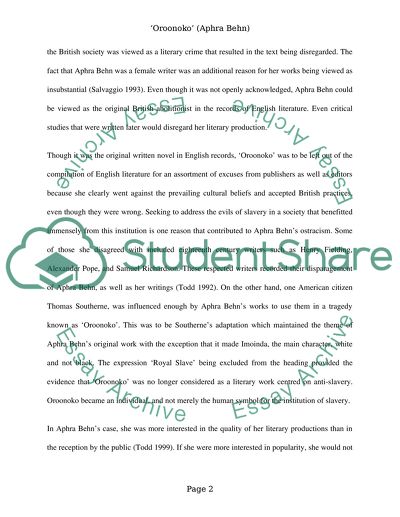Cite this document
(“Writing the Modern World, 1600-1800 OROONOKO Aphra Behn, HAMLET Essay”, n.d.)
Retrieved from https://studentshare.org/literature/1465840-writing-the-modern-world
Retrieved from https://studentshare.org/literature/1465840-writing-the-modern-world
(Writing the Modern World, 1600-1800 OROONOKO Aphra Behn, HAMLET Essay)
https://studentshare.org/literature/1465840-writing-the-modern-world.
https://studentshare.org/literature/1465840-writing-the-modern-world.
“Writing the Modern World, 1600-1800 OROONOKO Aphra Behn, HAMLET Essay”, n.d. https://studentshare.org/literature/1465840-writing-the-modern-world.


